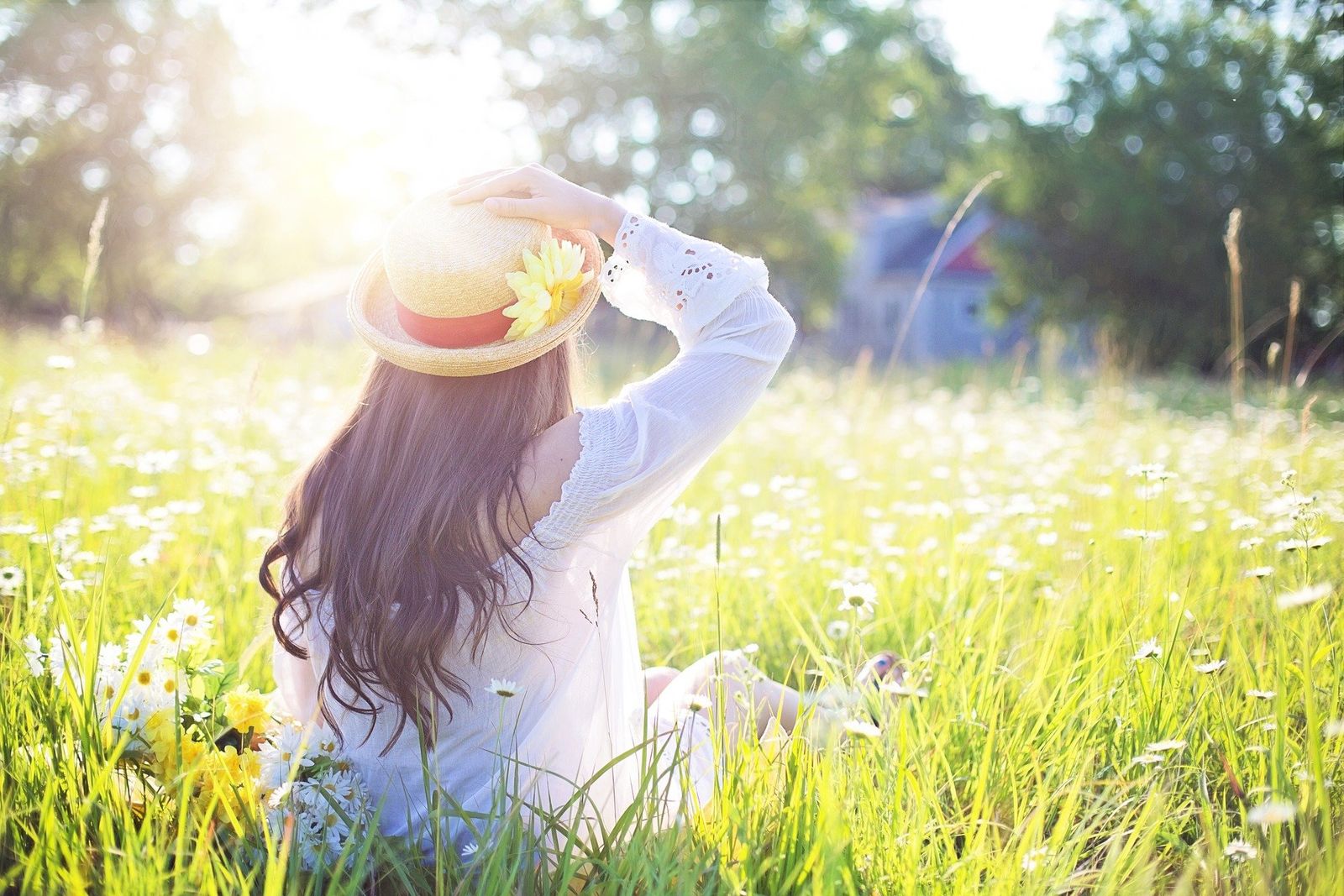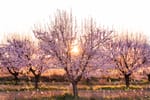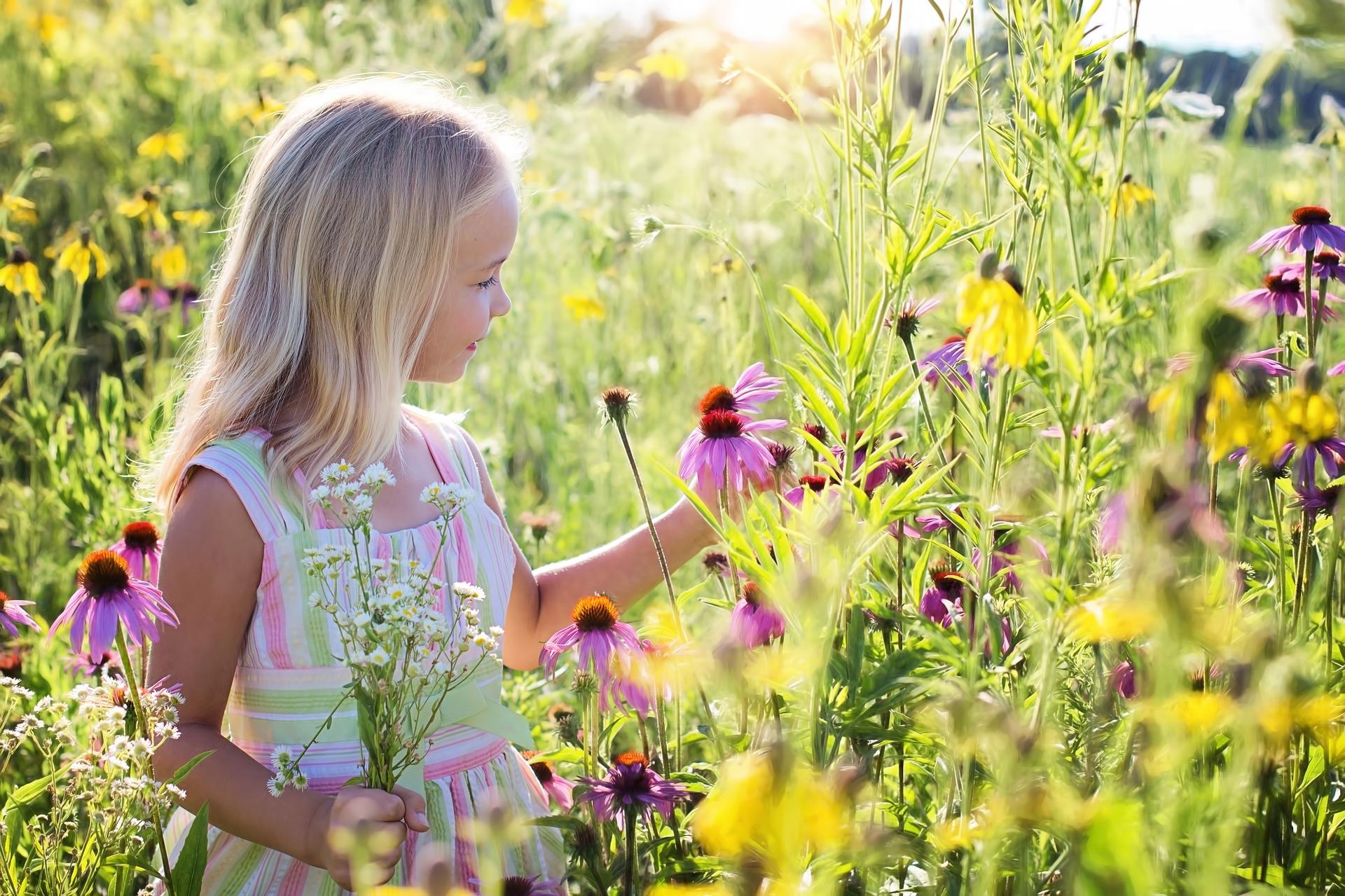
The Hayfever season is here, causing misery and uncomfortable symptoms for millions of people who react to an increased concentration of pollens from flowers, plants and grasses in the air we breathe. It doesn't have to be a time to dread. Medical herbalist Christine Haughton outlines a comprehensive plan to prepare, prevent and treat hayfever with herbal tinctures, teas and delicious food as medicine recipes. I hope you find our guide to hayfever inspirational - Editor, Alison Jane.
Hayfever is probably responsible for more misery during the summer months than anything else. Known also as allergic rhinitis, it is a common allergic condition that occurs when high concentrations of grass and flower pollens are released into the atmosphere during late spring and summer. As the weather gets warmer, so the pollen concentration in the air we breathe increases.

Hayfever causes hypersensitivity of the eyes, nose, throat and sometimes the skin. Symptoms tend to be at their worst first thing in the morning as the sun begins to warm the air, and then again in the evening as the warm air starts to descend again. House dust, moulds and animal hair can produce similar reactions. These 'allergens' stimulate the body into producing an excess of histamine, and this manifests itself as catarrh and nasal congestion. Sufferers can experience any of the following symptoms: an itchy, running nose, red, streaming, irritated eyes, a blocked nose, tickly throat, sensitive palate or itchy skin. People who suffer from asthma or eczema are more likely to be prone to hayfever.
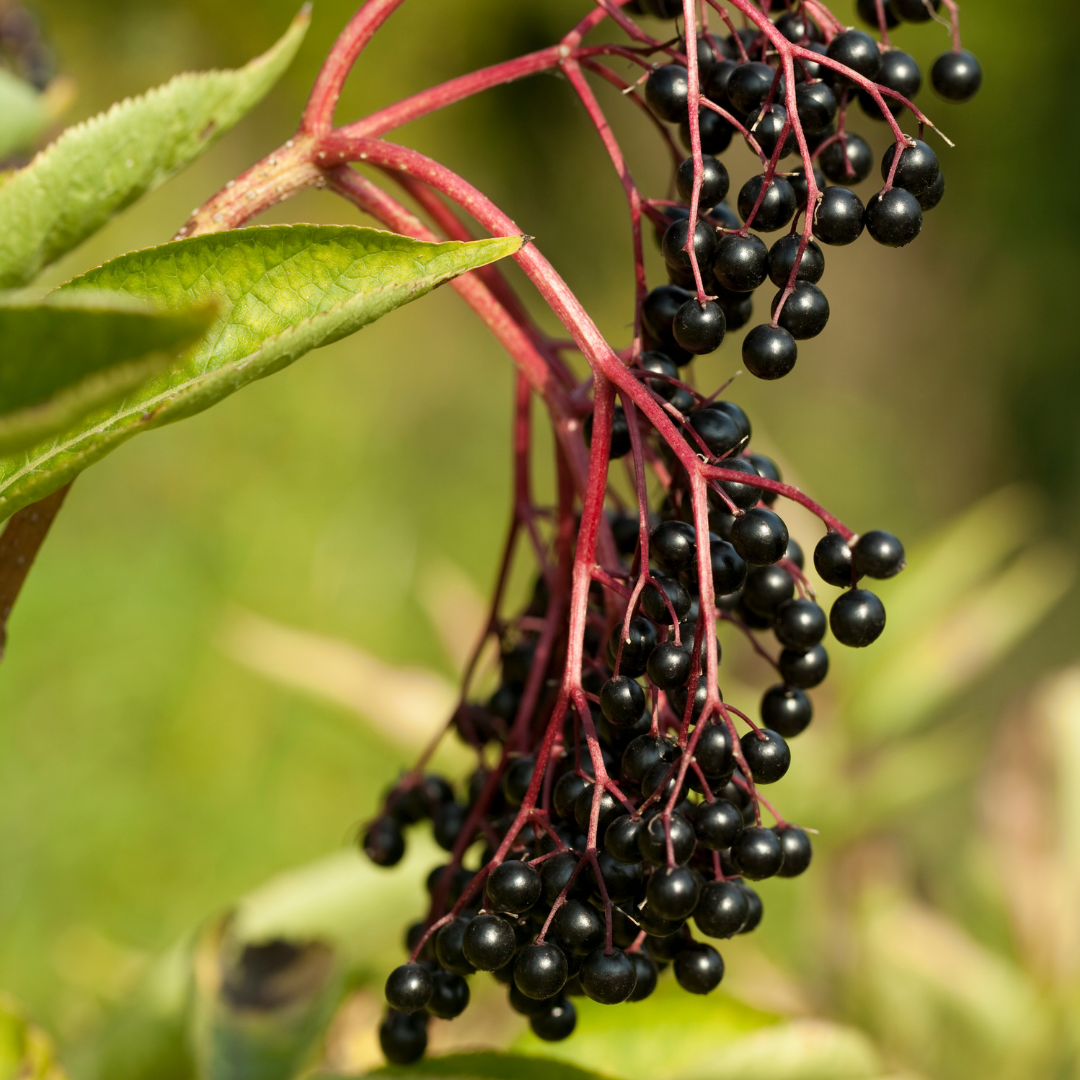
Fortunately, there are lots of herbs to give you relief from those unpleasant symptoms. It's never too early to prepare yourself for the hayfever season, and elderflowers (Sambucus nigra) are a particularly useful prophylactic or preventative remedy. You should drink an infusion of elderflowers daily, starting in February or March and continuing throughout the hayfever season. The fresh flowers are best and, as one of our most common hedgerow plants, are readily available in spring. Take care not to harvest blooms from roadsides or where agricultural chemicals may have been used. If you cannot obtain fresh elderflowers, or if it is too late in the season, you can use dried flowers or a good-quality and preferably organic elderflower cordial instead. To make your infusion pour boiling water onto either a fresh sprig of elderflowers or a rounded teaspoonful of dried flowers. Cover and leave to infuse for 5 minutes, strain and drink. Adding a little plantain (Plantago spp.) to your infusion will tone the mucous membranes of the nasal passages, helping to desensitise them to allergens. A course of Echinacea will strengthen the immune system, again reducing your sensitivity to allergens. Garlic is another immune booster, so include it in your diet as much as possible.
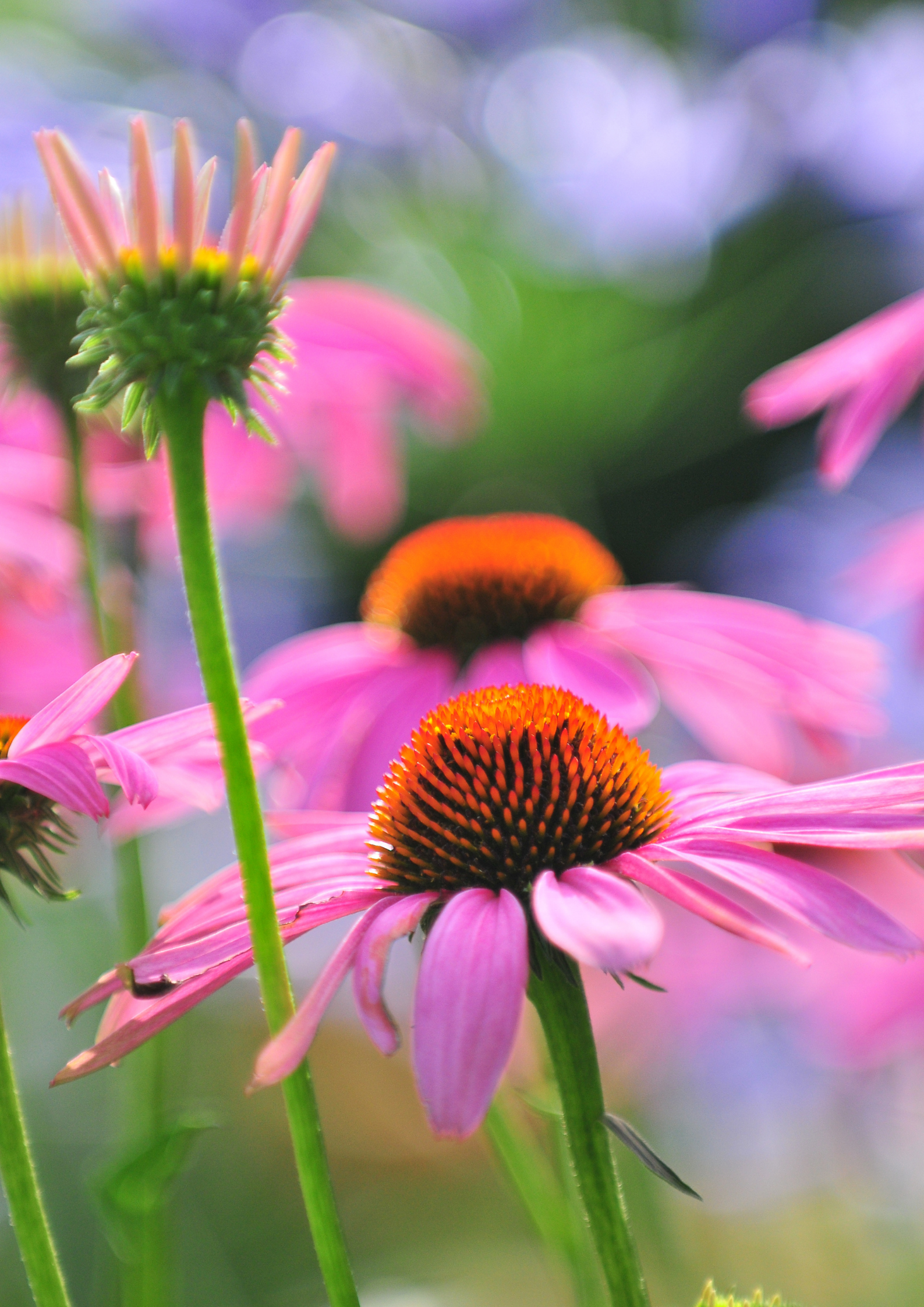
As soon as any symptoms appear, reach for your herbal first aid kit. Elderflowers and eyebright (Euphrasia officinalis) both contain substances called tannins whose astringent action will help both to dry up catarrh and runny eyes and to reduce any inflammation and irritation of the mucous membranes. Another excellent astringent herb is goldenseal (Hydrastis canadensis); sadly this particular herb is now endangered due to its popularity and subsequent over-collection in the wild, so you should use it only if you do so sparingly, having first made sure that it has come from a sustainable source.

Nettle (Urtica dioica) is a natural anti-histamine and could make you less sensitive to pollen and other allergens. It also reduces the body's production of inflammatory prostaglandins. Red, streaming eyes can be bathed regularly with a cooled and strained infusion of Chamomile flowers (Chamomilla recutita) or distilled witch hazel, and sunglasses may help to reduce irritation when the sun is particularly bright. Taken internally, chamomile reduces the nervous excitability often associated with allergic conditions, particularly in children. An infusion of sage (Salvia officinalis) makes an excellent gargle for a tickly throat and palate.
Diet can help too. Try to keep mucus-forming dairy products to a minimum and increase your intake of fresh, organic fruit and vegetables. Reduce your alcohol and caffeine consumption as these are both known to aggravate symptoms.
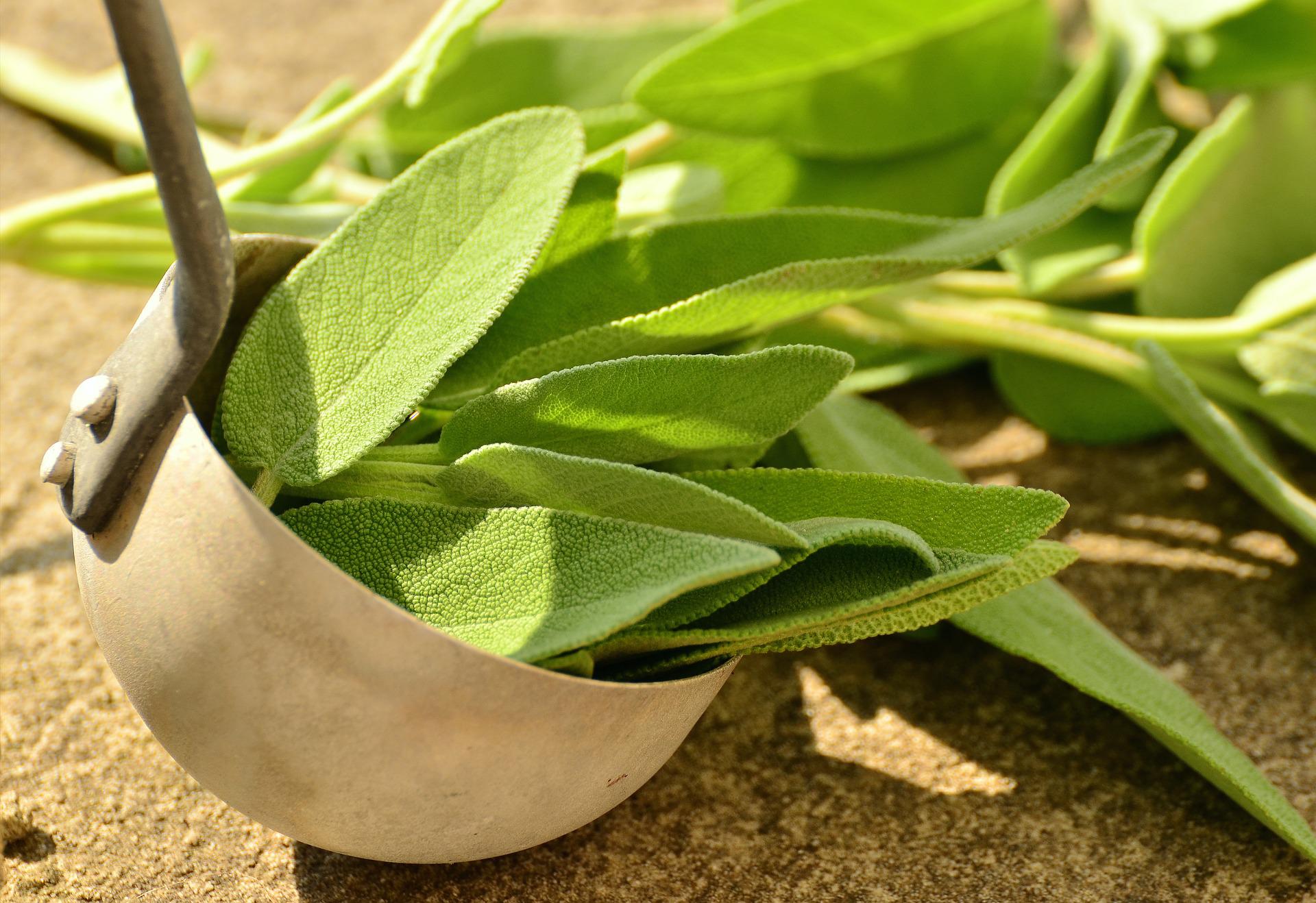
Limit your exposure to pollen by drying your bedding indoors and keeping your windows closed in the morning and evening when atmospheric pollen concentrations are at their highest.
If your symptoms persist in spite of these measures, don't despair. A consultation with an experienced herbalist will identify those remedies most suited to you as an individual. Qualified practitioners also have access to more potent remedies not available over-the-counter.
Herbal Teas
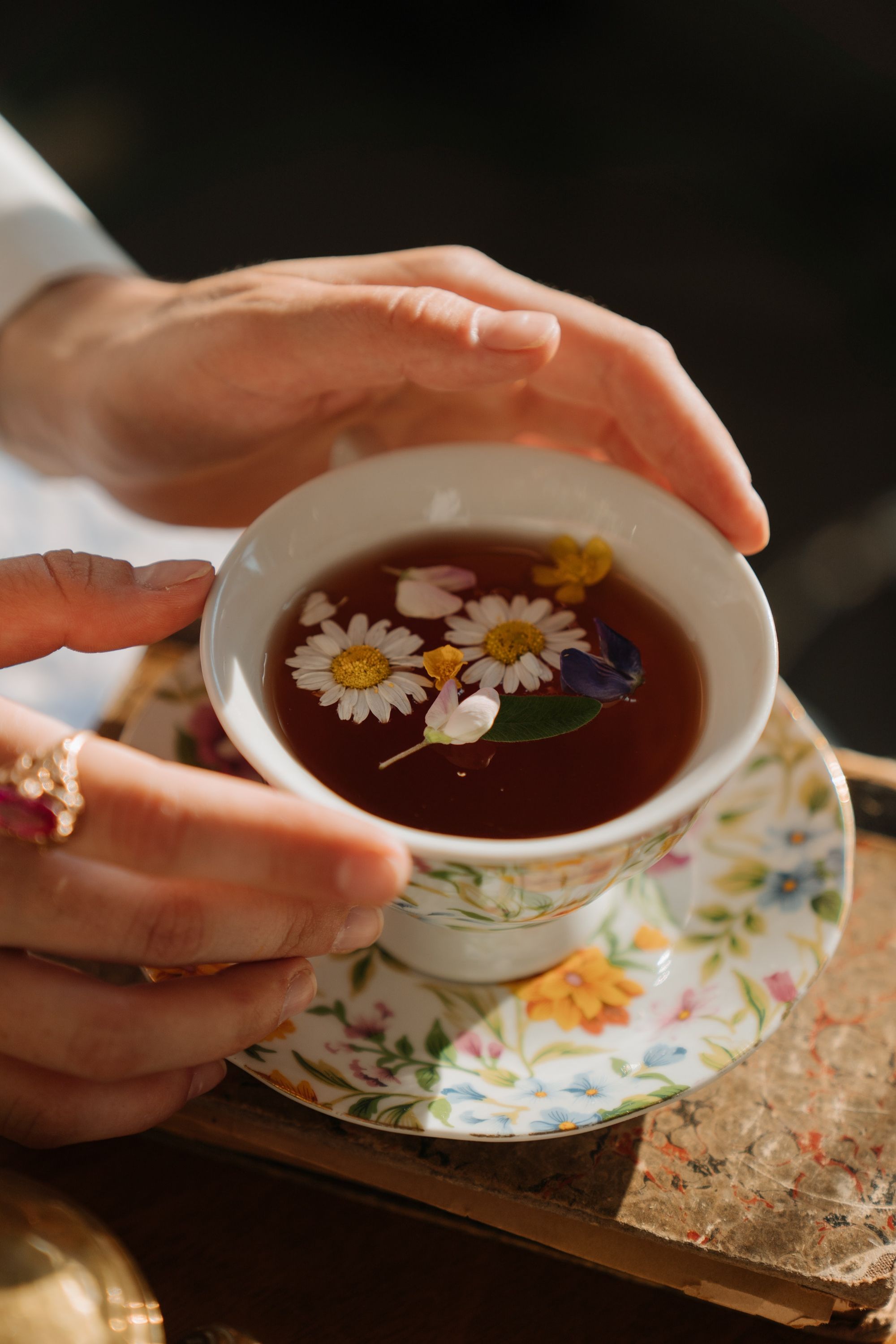
When making a herbal tea or infusion you should allow a rounded teaspoonful of dried herbs or double the quantity of fresh herbs per mug or large cup (unless otherwise stated). This is the adult dose and may be taken up to three times a day. Pour boiling water onto the herbs then cover and leave to infuse for 5 minutes. You may also sweeten it with a little honey or add a slice of lemon or warming ginger. Strain and drink.
Some herbs are not suitable for children to take, so you should always seek professional advice first. However, with regard to elderflower or chamomile infusions, half the adult dose is appropriate for children over the age of five.
Spring Hedgerow Recipes
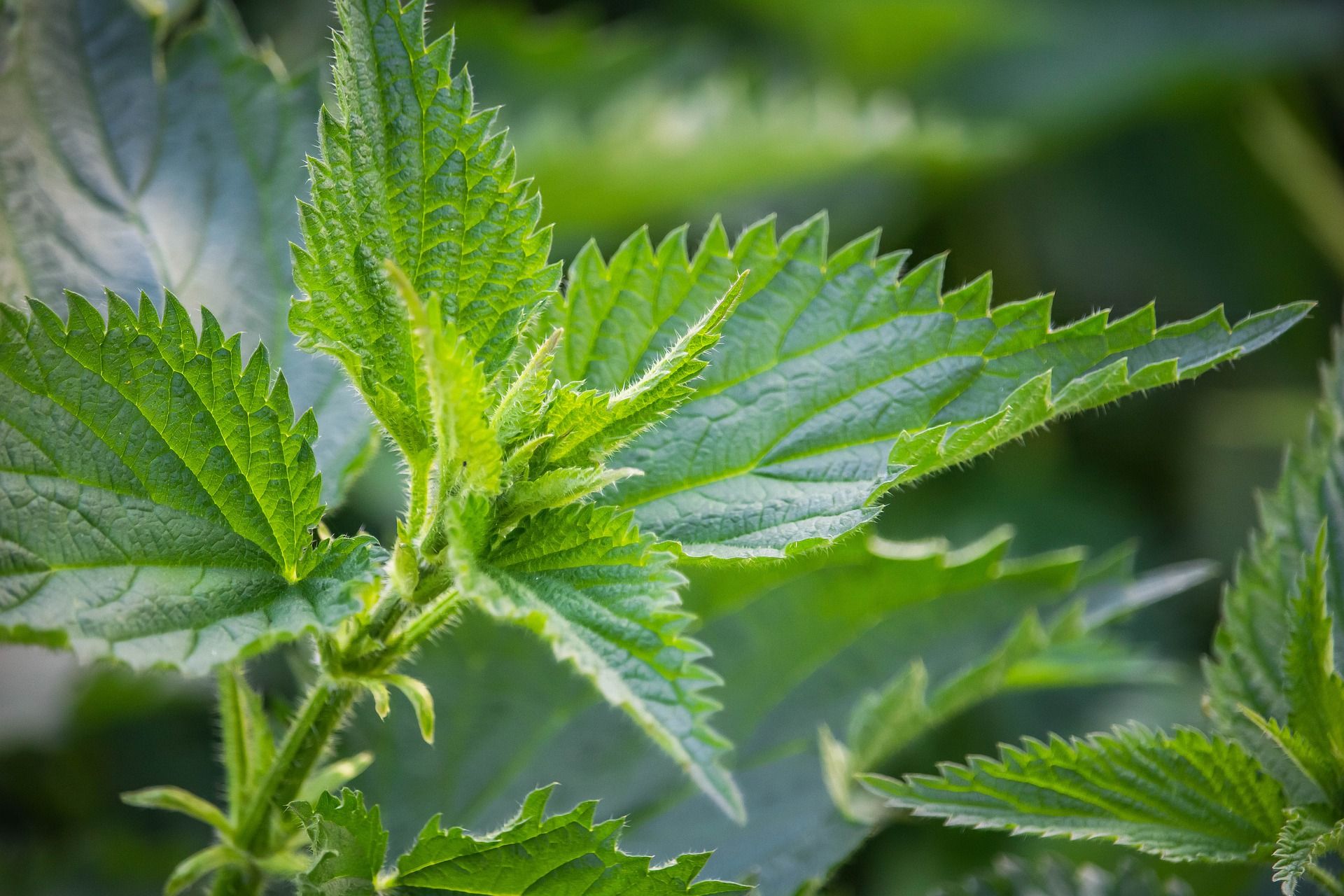
When collecting wild plants you should avoid those areas where contamination may be a problem, for example roadsides (vehicle emissions) and areas close to agricultural land (pesticides, herbicides and other chemicals). You should also be aware that it is illegal to uproot wild plants in the UK. Please collect your blossoms, berries and leaves thoughtfully - don't annihilate small plant communities by gathering all your plants from the same place, and NEVER disturb protected species. Take a good field guide with you so that you are able to accurately identify the plants - if in doubt, don't pick it!
Nettle and Wild Garlic pesto
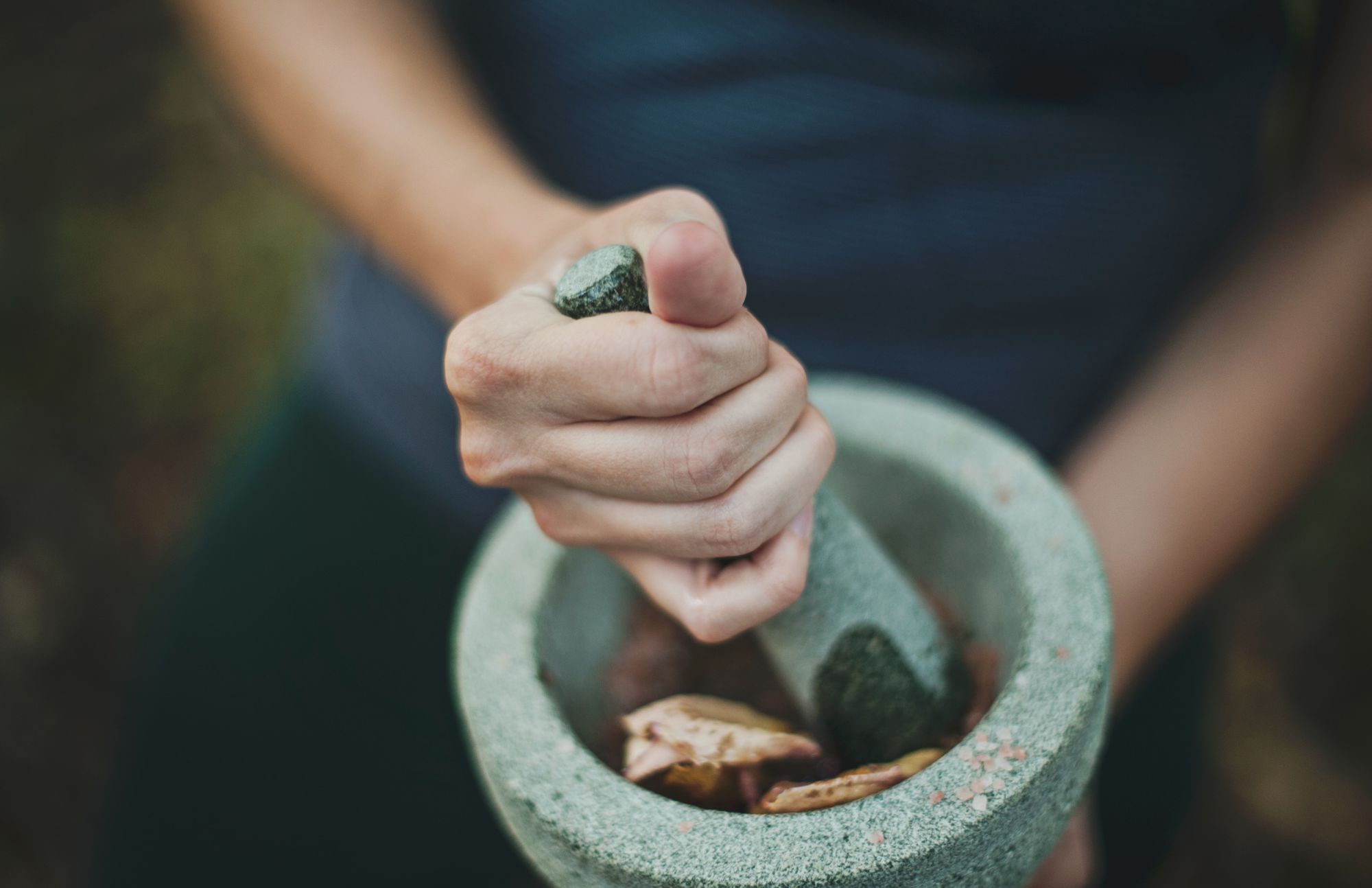
4oz pine nuts
4 oz grated parmesan cheese
a large bunch of wild garlic leaves and flowers (or 2 crushed garlic cloves)
Enough nettle leaves to fill a 1-pint saucepan
8 fl oz extra virgin olive oil.
A handful of fresh basil leaves
Rinse all the leaves first to get rid of dust and bugs. Blanch the nettles for one minute in boiling water. Drain. Transfer them with the pine nuts, parmesan, basil and garlic to a liquidiser and keep adding olive oil until the mixture blends easily. Spoon into jars; cover the mixture with a little olive oil, and store in the fridge. Excellent spread on toast or tossed into pasta.
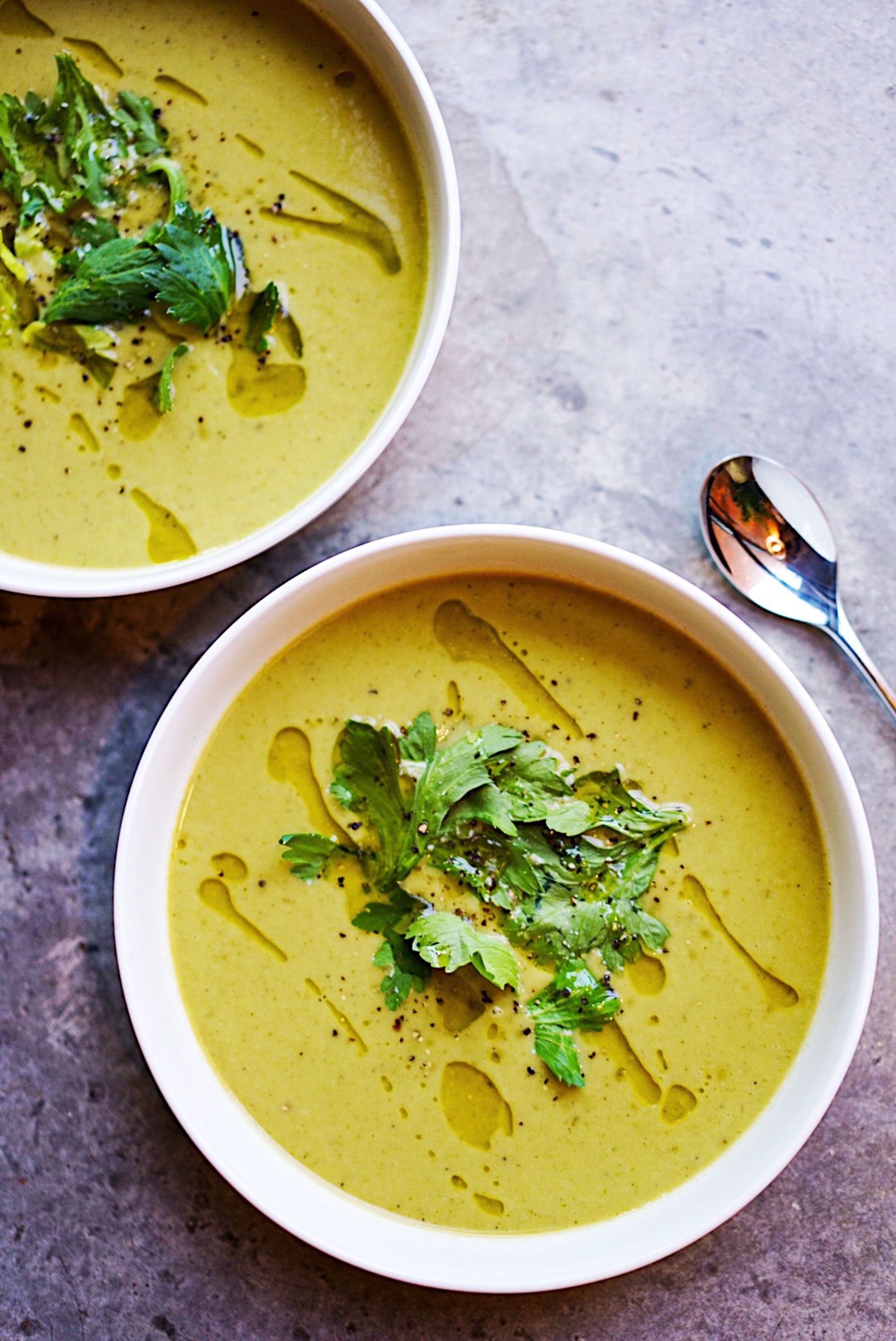
Nettle Soup
Carrier bagful of young nettle tops
1 large onion
2 garlic cloves or a large bunch of wild garlic leaves & flowers
2-3 organic potatoes
Organic Extra Virgin Olive oil
Knob of organic, grass-fed butter
Vegetable stock cube or organic bone broth
Salt & Pepper
Cream (optional)
Wash and drain the nettles (wear gloves for this). Separate the leaves from the stalks. Chop the potatoes, onion & garlic and fry them with a splash of olive oil and a knob of butter. When the onion starts to soften and the potato forms a slight crust, add the nettles and stir with a spatula. Add a litre of boiled water and the stock cube and simmer for 10 minutes or until the potato is soft. Blitz in a blender then return to the pan to warm. Pour into bowls and add a swirl of cream on top.
Elderflower Cordial
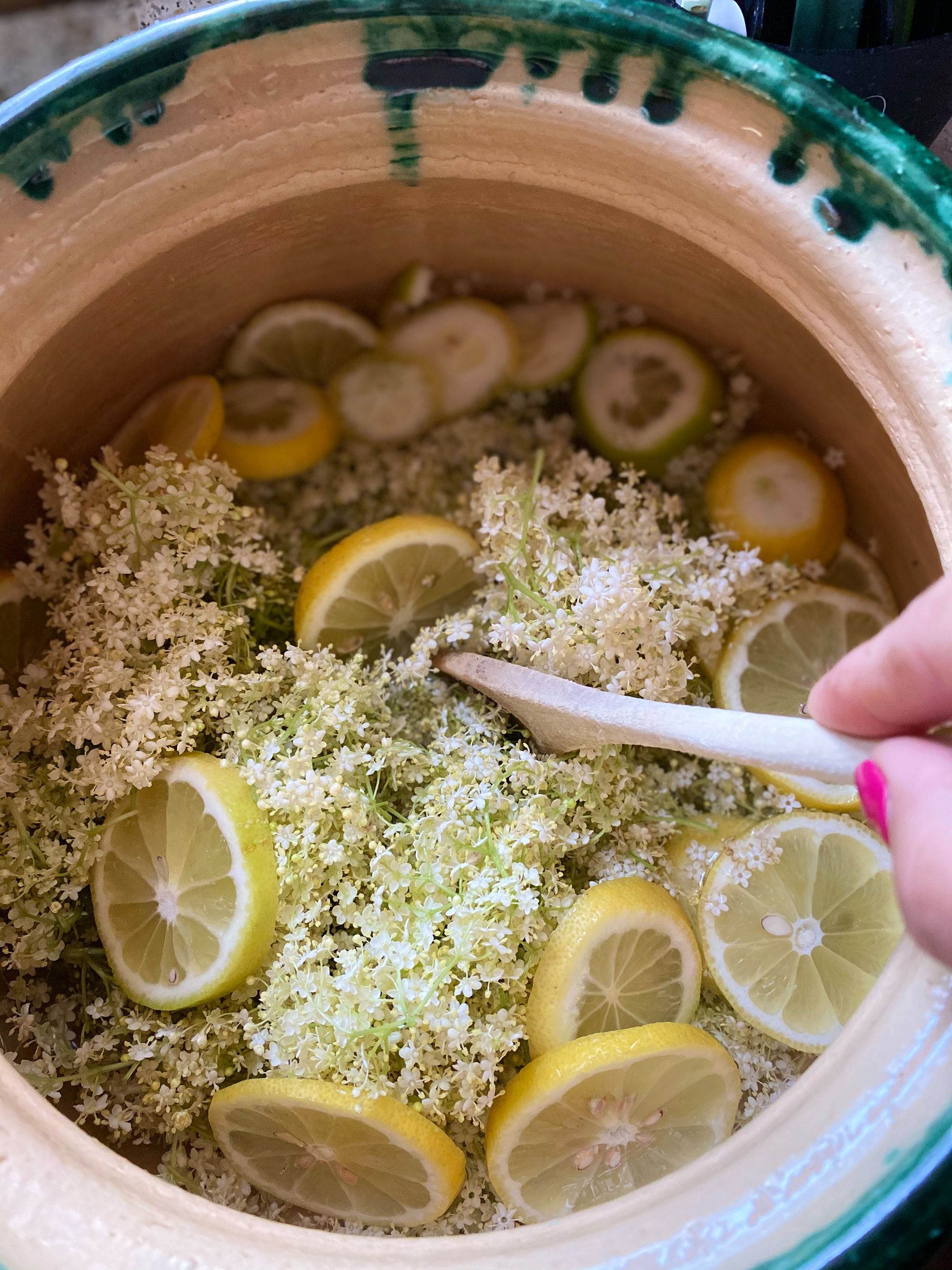
25 heads of elderflowers (rinse them well first)
2kg unrefined organic sugar or coconut flower sugar
2 litres water
2 large sliced organic unwaxed lemons
Put the sugar, water and lemon in a pan and heat gently, stirring continuously, until the sugar has dissolved. Allow to cool then pour over the elderflowers. Leave to stand in a covered container for 2 days then strain and bottle (seal loosely in case of fermentation - bottles with corks are safest!). Store in a cool, dark place. To drink, dilute with three parts chilled mineral water to one part cordial. Use sparkling water if you prefer elderflower 'champagne'.
Herbalist Christine Haughton
Christine Haughton is a Medical Herbalist living and working in rural North Yorkshire. A member of the National Institute of Medical Herbalists and the College of Practitioners of Phytotherapy since 1997, her interests include exploring the great outdoors, foraging for wild food and making creams and ointments” Consult the register to find a qualified medical herbalist in your area.

About The Luminaries Magazine - We are an independent arts and culture magazine, supported by small subscriptions and donations from readers, charities and responsible businesses like other high-quality media. Read our mission statement here and become a supporter today to help us grow and flourish - subscribe.

